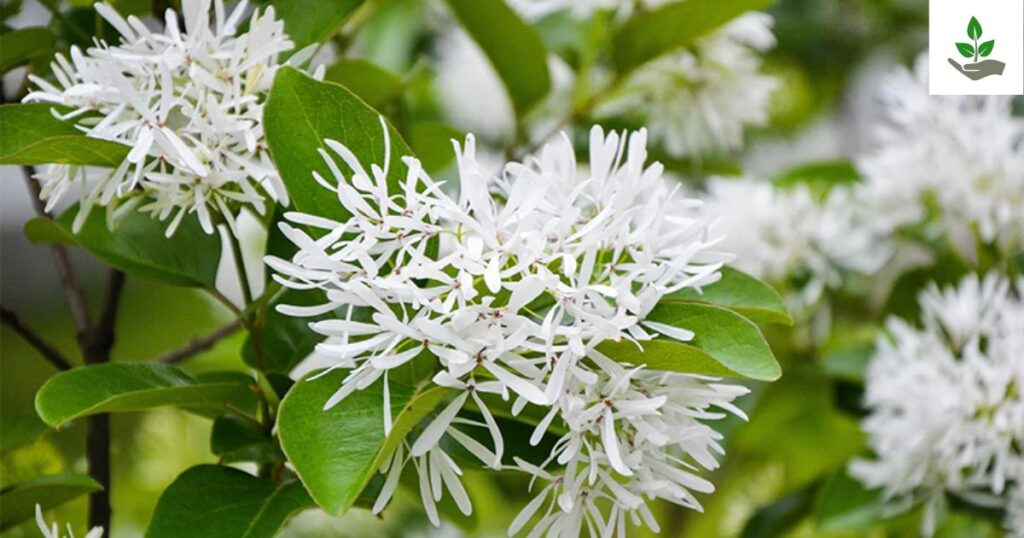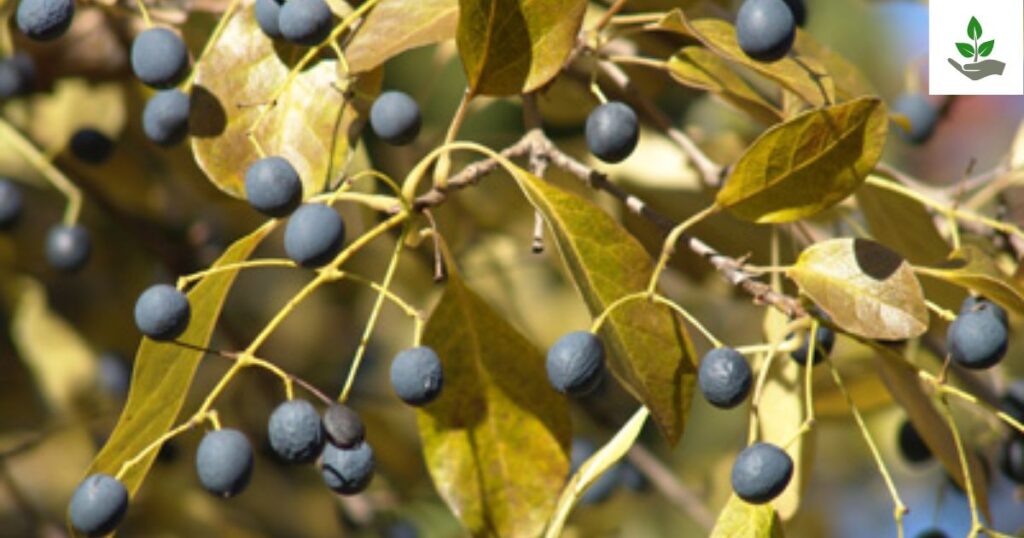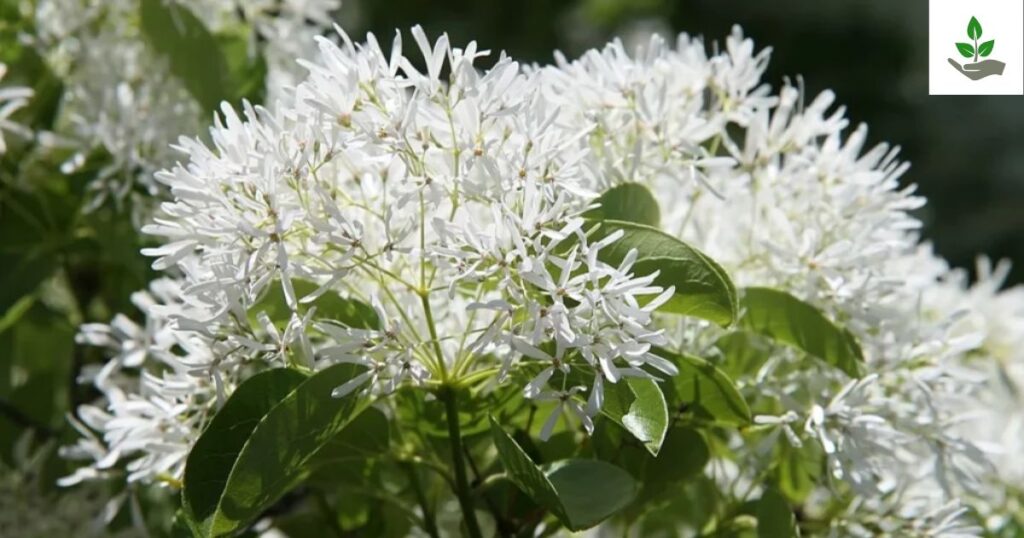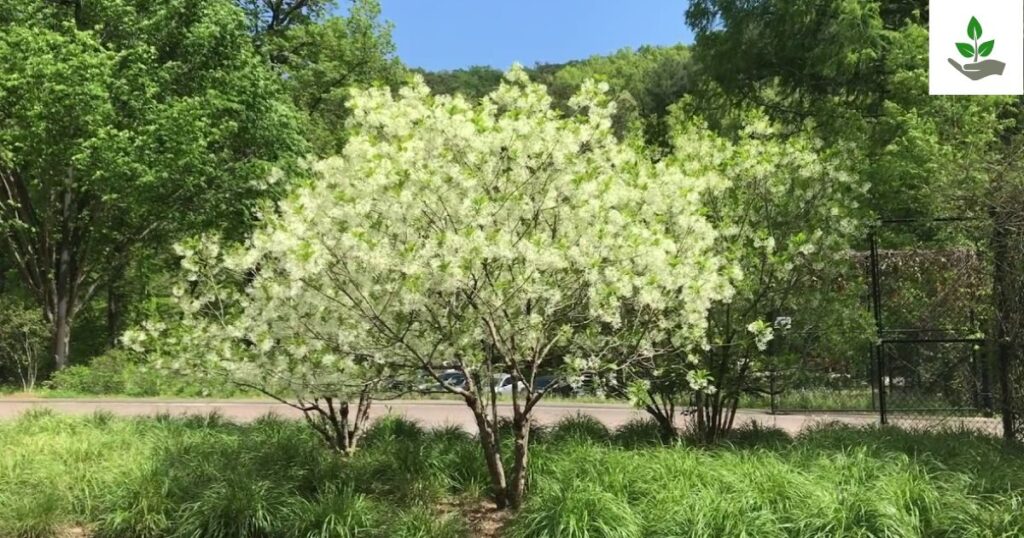Chinese Fringe Tree Care, Seeds Planting And Benefits
Chinese Fringe Tree is an interesting landscape specimen that adds unparalleled beauty to any landscape with its spectacular spring show of elegant, fringe type white flowers. Indigenous to eastern Asia this little deciduous tree has become very popular among landscapers and gardeners due to its compact size ornamental features and moderately low maintenance needs.
Whether used as a specimen in your garden as a solitary focal point or even as a patio plant the basics of Chinese Fringe Tree Care will ensure this stately tree flourishes and provides its spectacular flowering effect year in and year out.
What is the Chinese Fringe Tree?
It is an interesting little deciduous tree that is much prized for its dramatic cloud-like spring display of snowy white fringe-like flowers that appear by the score. Native to eastern Asia it reaches 15-20 feet in height with the same width, with shiny dark green leaves that provide a good background for its flowers.

In addition to its showy spring blossoms this garden plant shows blue black autumn berries that attract birds potential yellow fall color and striking gra brown bark that reveals an exfoliating pattern with age. Being of short stature pollution resistant and able to grow in nearly any soil the Chinese Fringe Tree makes the perfect addition to urban landscapes mixed borders or as a striking focal point for home or business landscapes.
Chinese Fringe Tree History
It has centuries of rich botanical heritage in native Japan, Korea and China where it was prized in the ancient gardens for its glorious flower show and medicinal properties. The Chinese Fringe Tree was brought to Western gardens in the 1840s and was first discovered by Scottish botanist Robert Fortune, famous for his plant hunting expeditions in China who acquired samples and had them shipped back to Europe. The tree gained popularity in
American landscapes during the late 19th century as East West horticultural trade increased. Less familiar to American horticulturists, the Chinese Fringe Tree is presently more favored by gardeners and landscape designers due to more advanced ornamental qualities including more intense flowering more resistance to drought, and more compact growth habit. It’s fashionable today but in the shape of a delicate flower design which has an Asian garden beauty factor in contemporary landscapes across the globe.
Chinese Fringe Tree Seeds
Its seeds come in the form of blue-black drupes that form during late summer to fall after effective pollination of female flowers. The fleshy olive like fruits are approximately half an inch long and are extremely appealing to birds which help in seed dispersal through natural means.

Special treatment is needed for these seeds when it comes to propagation due to their innate dormancy mechanisms such as warm stratification followed by cold stratification for 3-4 months under temperatures of 33-40°F.
Collectors must pick the fruits when they are completely ripe but not yet eaten by birds and free the pulp from seeds before processing. Though seed propagation is possible gardeners will observe that germination is erratic and slow and it may take two years or more, and seedlings may not bloom for many years after planting.
Chinese Fringe Tree Planting and growing
It is growing a Chinese Fringe Tree, choosing a location that gets full sun to partial shading with good draining soil, although the tree has stunning resilience to all soil types ranging from clay loam or sandy mixtures. Bury a hole of twice the width but the same depth as the root ball putting the tree at the same level where it was flourishing in the container and fill with local soil mixed with compost.
Following planting make a 3 inch deep water ring around the tree and mulch over with a 2-3 inch layer to keep the soil moist and outweighed taking care not to put mulch within a few inches of the trunk. Young trees should be watered regularly deeply in their initial two growth years, particularly during dry spells to develop a good root system. While slow-growing at first it generally grows 6-12 inches per year and needs little pruning other than the removal of dead or rubbing branches in late winter.
Chinese Fringe Tree Care
Caring for a Chinese Fringe Tree is relatively straightforward once established making it an excellent choice for gardeners seeking low maintenance beauty. Water deeply but infrequently allowing the soil to dry slightly between waterings while increasing frequency during extended dry periods or extreme heat.

Fertilization needs are minimal. apply a balanced slow release fertilizer in early spring before new growth emerges but avoid over fertilizing as this can reduce flowering. Pruning requirements are limited.
simply remove dead, damaged or crossing branches in late winter and shape lightly after flowering if desired preserving the tree’s natural graceful form. Monitoring occasionally for pests like scale insects or leaf spot diseases, Fringe Tree will thrive while delivering its spectacular spring floral display and multi season interest year after year.
Chinese Fringe Tree Benefits and Uses
- Exceptional Ornamental Value: Provides stunning white fringe like blooms in spring that create a dramatic landscape focal point.
- Wildlife Support: Attracts beneficial pollinators during flowering and produces berries that serve as food for native birds in fall.
- Urban Tolerance: Demonstrates impressive resistance to urban pollution and challenging city growing conditions.
- Versatile Landscape Applications: Functions beautifully as a specimen tree in mixed borders near patios or as a small lawn tree.
- Seasonal Interest: Offers multi season appeal with spring flowers summer foliage possible fall color and interesting winter bark texture.
- Space Efficiency: Perfect for smaller gardens and urban spaces due to its manageable mature size of 15-20 feet.

- Shade Provider: Creates moderate dappled shade ideal for understory plantings.
- Erosion Control: Established trees help stabilize soil on slopes and prevent erosion with their root systems.
- Medicinal Properties: Has traditional uses in Asian medicine for treating various ailments bark and roots.
- Low Allergen Impact: Produces minimal allergenic pollen compared to many other flowering trees.
- Drought Resistance: Once established, demonstrates good tolerance to periodic drought conditions.
- Long Lifespan: Can provide beauty and ecological benefits for decades with proper care.
Chinese Fringe Tree Tips And Fun Facts
- Chinese Fringe Trees are dioecious meaning individual trees are either male or female with males typically producing more abundant flowers.
- The genus name chionanthus comes from Greek words meaning snow and flower perfectly describing its snow-white blooms.
- The delicate flowers emit a subtle sweet fragrance that intensifies in the evening hours.
- Thomas Jefferson grew the American cousin of this tree Chionanthus virginicus at Monticello and praised its ornamental qualities.
- The spectacular flowering display can last up to three weeks longer than many other spring flowering trees.
- Despite its name suggesting otherwise it actually a member of the olive family Oleaceae.
- Female trees produce fruits that are particularly attractive to songbirds like cardinals bluebirds and robins.
- As the tree matures its bark develops interesting exfoliating patterns that add winter interest.
- The foliage is generally unpalatable to deer making it a good choice for gardens with deer pressure.
- In parts of Asia it has been used in traditional ceremonies and as a symbol of purity.
- Trees have been known to live 75-100 years in favorable conditions.
Read More Post: Peonies Care, History Planting, Uses And Benefits.
Conclusions
The Chinese Fringe Tree Care repays gardeners with outstanding beauty and unique character if given proper care. By adhering to the basic guidelines for planting, watering, fertilizing and pruning you can appreciate the showy spring flowers, summer foliage and possible fall colors that make this tree so popular.
Giving heed to its particular requirements especially in terms of soil moisture sunlight exposure and periodic care will guarantee your tree will be healthy and robust for decades. you learn about your growth habits and reactions to your regional climate you will come to appreciate its delicate seasonal variation and unique presence within your landscape.
FAQs
How much is a Chinese fringe tree?
The price of a Chinese fringe tree typically ranges from $50 to $150 depending on the size and nursery. Larger or more mature trees may cost more.
What does a Chinese fringe tree look like?
The Chinese fringe tree has delicate fringed white flowers that hang in loose clusters creating a soft wispy appearance. Its dark green leaves turn yellow in the fall, and it grows as a small to medium sized tree or large shrub.
How to prune a Chinese fringe tree?
Prune a Chinese fringe tree in late winter or early spring before new growth starts, removing any dead, damaged or crossing branches. Shape the tree by thinning out crowded areas and maintaining a natural airy structure.







